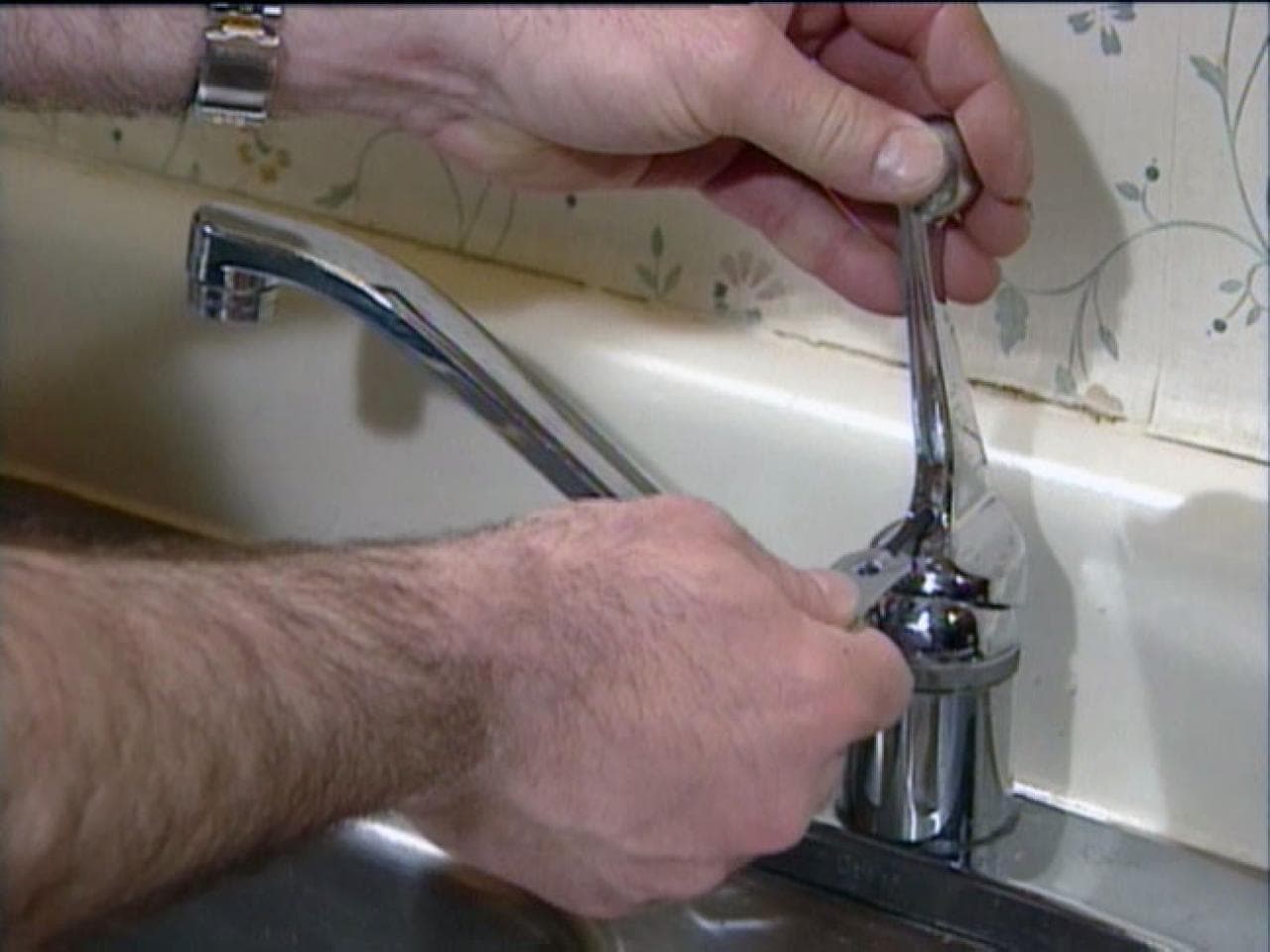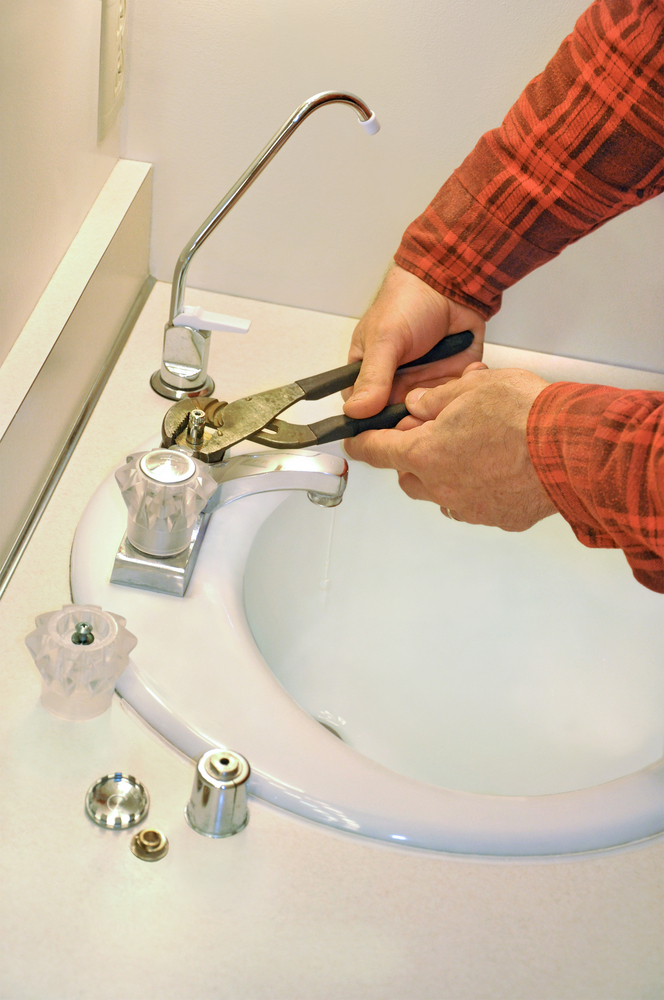My Benefits of Correcting a Faulty Faucet
My Benefits of Correcting a Faulty Faucet
Blog Article
The publisher is making a few good pointers about Water Dripping from Faucet: Why and How to Fix overall in this post in the next paragraphs.

Dripping faucets may seem like a minor aggravation, but their impact exceeds just the nuisance of the audio. From wasting water to incurring unneeded monetary expenses and health and wellness risks, ignoring a leaking tap can cause various consequences. In this short article, we'll delve into why it's critical to address this common household issue immediately and successfully.
Wastefulness of Water
Environmental Effect
Leaking taps add dramatically to water wastage. According to the Environmental Protection Agency (EPA), a solitary faucet leaking at one drip per second can lose more than 3,000 gallons of water annually. This not just pressures water resources however additionally affects ecological communities and wildlife based on them.
Financial Prices
Raised Water Bills
Beyond the environmental impact, leaking taps can inflate water bills significantly. The accumulated wastage over time translates into higher energy expenditures, which might have been prevented with timely repairs.
Prospective Property Damages
Additionally, extended dripping can bring about damage to fixtures and surface areas surrounding the tap. Water build-up can cause staining, deterioration, and even architectural problems if left neglected, leading to added repair service costs.
Health and wellness Concerns
Mold and Mildew Development
The constant existence of dampness from a dripping faucet produces an ideal atmosphere for mold and mildew and mold development. These fungis not just endanger indoor air high quality however additionally posture health risks, particularly for people with respiratory problems or allergic reactions.
Waterborne Conditions
Stationary water in leaking faucets can end up being a breeding ground for germs and other pathogens, increasing the threat of waterborne illness. Pollutants such as Legionella germs thrive in stationary water, possibly resulting in serious ailments when consumed or inhaled.
Do it yourself vs. Expert Repair
Advantages and disadvantages of DIY Fixing
While some might try to take care of a leaking faucet themselves, do it yourself repair work feature their own collection of challenges. Without correct knowledge and devices, DIY efforts can intensify the problem or bring about insufficient repair work, prolonging the problem.
Advantages of Working With an Expert Plumber
Employing an expert plumber guarantees that the underlying cause of the leaking tap is dealt with efficiently. Plumbers possess the competence and devices to identify and fix faucet concerns efficiently, conserving time and minimizing the risk of more damages.
Step-by-Step Overview to Taking Care Of a Dripping Faucet
Tools Called for
Before attempting to deal with a trickling faucet, gather the essential tools, consisting of a flexible wrench, screwdrivers, replacement components (such as washers or cartridges), and plumber's tape.
Usual Faucet Issues and Their Solutions
Determine the type of faucet and the specific problem causing the drip. Typical issues include worn-out washing machines, corroded shutoff seats, or faulty O-rings. Refer to producer guidelines or online tutorials for step-by-step support on repairs.
Preventive Measures
Regular Maintenance Tips
To avoid trickling taps, perform routine maintenance such as cleaning aerators, examining for leaks, and replacing worn-out parts immediately. Furthermore, take into consideration mounting water-saving tools or upgrading to much more efficient components.
Value of Prompt Services
Resolving trickling taps as quickly as they're observed stops additional water waste and possible damages, eventually saving both water and cash in the future.
Effect On Building Worth
Understanding of Well-Maintained Home
Preserving a residential property in good condition, including resolving maintenance problems like leaking taps, boosts its regarded value and value among prospective buyers or tenants.
Influence on Resale Worth
Residences with well-maintained plumbing fixtures, including faucets, command higher resale worths in the real estate market. Attending to leaking faucets can contribute to a favorable perception throughout residential or commercial property inspections and negotiations.
Environmental Obligation
Specific Payment to Preservation
Taking responsibility for dealing with leaking faucets lines up with broader efforts toward water conservation and ecological sustainability. Every person's actions collectively make a significant influence on maintaining valuable sources.
Lasting Living Practices
By prioritizing prompt fixings and embracing water-saving habits, people contribute to lasting living practices that profit both present and future generations.
Verdict
Dealing with a trickling faucet exceeds mere convenience; it's an essential step towards preserving water, decreasing economic prices, and safeguarding wellness and building. Whether with do it yourself fixings or expert assistance, acting to take care of trickling taps is a tiny yet impactful way to promote responsible stewardship of resources and contribute to a healthier, much more lasting future.
Most Common Reasons for a Leaky Faucet and How to Stop the Drip
Whether it’s your kitchen faucet leaking or a bathroom faucet leaking, one leaky faucet can waste anywhere from three to 30 gallons of water every single day. If the constant drip-drip-drip doesn’t get your attention, your water bill will. The good news is that, by following a few simple steps, chances are pretty good you can fix the problem yourself.
Why is it dripping?
Before you start taking things apart, let’s break down some of the most common causes of a leaky faucet.
Bad O-ring.
A cartridge is a valve that controls the flow of water into the faucet spout. On cartridge faucets there’s an O-ring—the little disc attached to the stem screw that holds the faucet handle in place. If it’s loose or worn-out, it can cause your sink handle to leak. Of course, the cartridge itself could be worn out. If that’s the case, make sure you replace it with the exact same kind.
Corroded valve seat.
The valve seat connects the faucet and the spout. If the leak seems to be coming from the spout, it might be because a buildup of water sediment has corroded the valve seat.
Worn-out washers or seals.
A leaky spout could be caused by a bad washer that rests against the valve seat. It’s just a matter of time before friction takes its toll. It could also be the wrong size washer or one that’s been installed incorrectly. Water sediments can also corrode inlet and outlet seals.
Water pressure.
If the faucet only drips now and then, or when you turn the handles a certain way, you should probably check your home’s water pressure.
Loose or broken parts.
The adjusting ring and packing nuts in the stream screw can become loose over time, causing your sink handle to leak. Try tightening or replacing the packing nut. If the leak is coming from the pipes underneath the sink, you probably have a broken pipe or fitting. If that’s the case, you should definitely call a plumber.
Know your faucet.
Faucets come in a variety of types. Each one has its own assembly—and its own possible causes of leaks. Learning about the four most common kinds of faucets will help you know how to take them apart and make any repairs.
How to stop a leaky faucet
Fixing that leaky faucet doesn’t have to take a lot of time, money, or expertise. It’s usually a simple matter of replacing a worn-out washer or gasket, a loose O ring, or another part. Chances are really good you can do this yourself if you follow these simple steps.
Shut off the water.
Before you tackle the faucet, cut off the water supply to the sink. There should be one valve for hot and one for cold. Hand-turn them clockwise with your hands till they close. If there are no valves under the sink, head to the basement and shut off the main water supply to the house. Then turn on the faucet until it empties out the water that’s still in the line and you’re ready to start. It’s a good idea to cover the sink drain with a plug or a rag so you don’t lose any small pieces and parts while you’re working.

Do you enjoy reading about Should I Repair or Replace a Leaky Faucet?? Write a short review further down. We'd be happy to know your suggestions about this review. In hopes to see you back again later on. Don't hesitate to take the time to share this blog entry if you enjoyed it. Thanks a lot for your time invested reading it.
Report this page